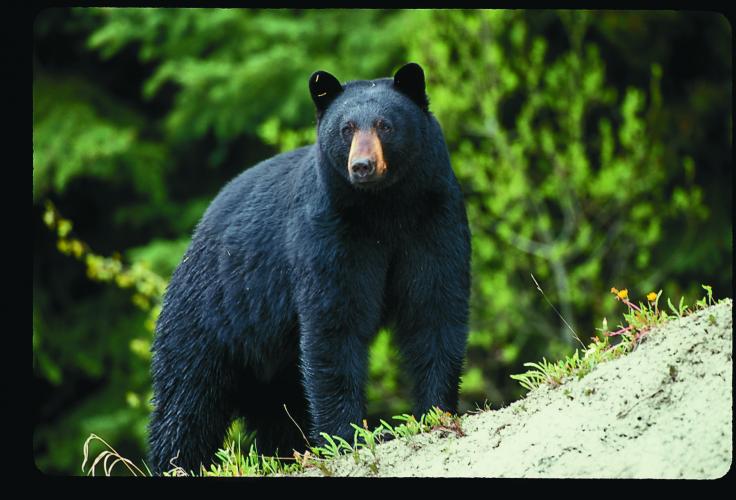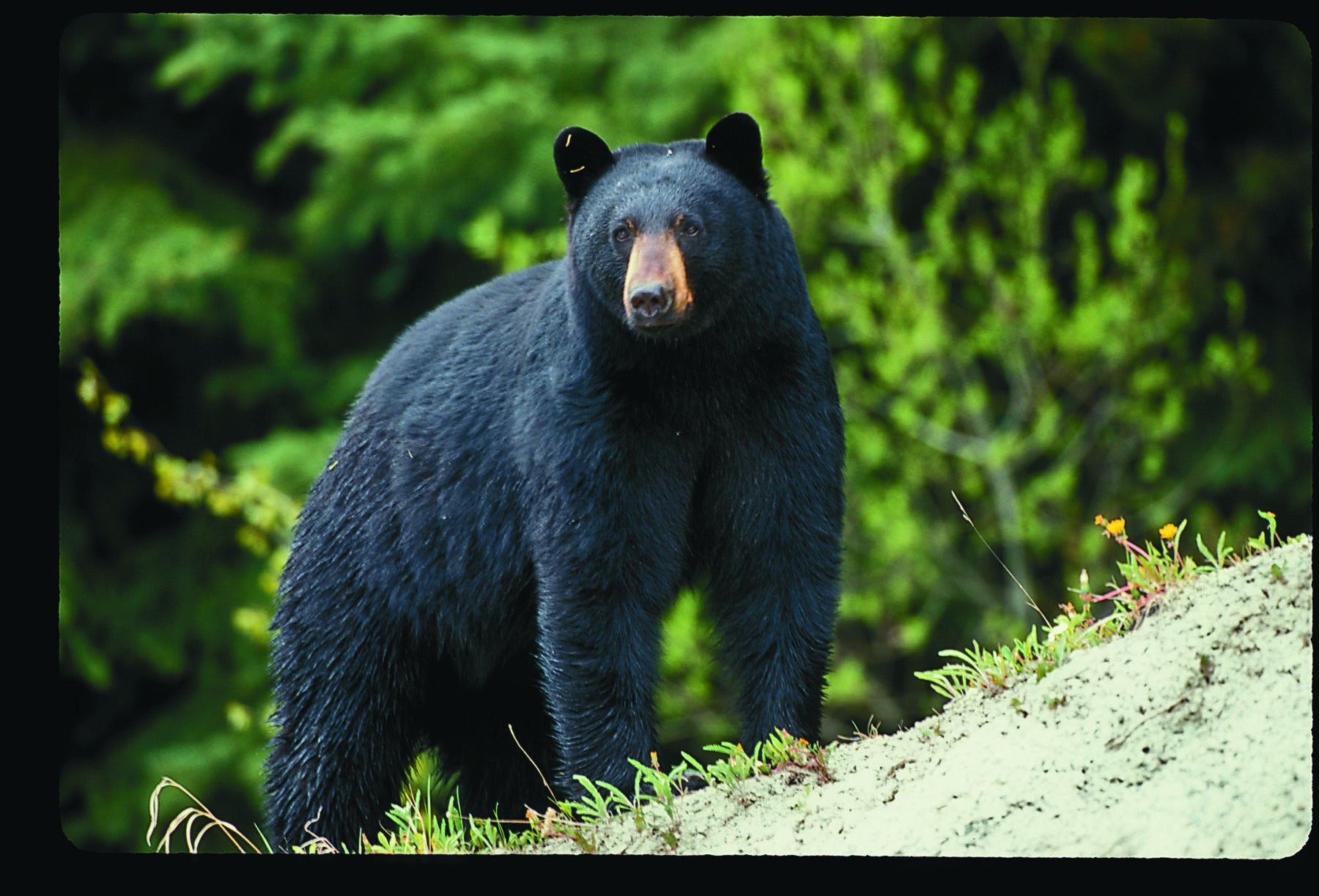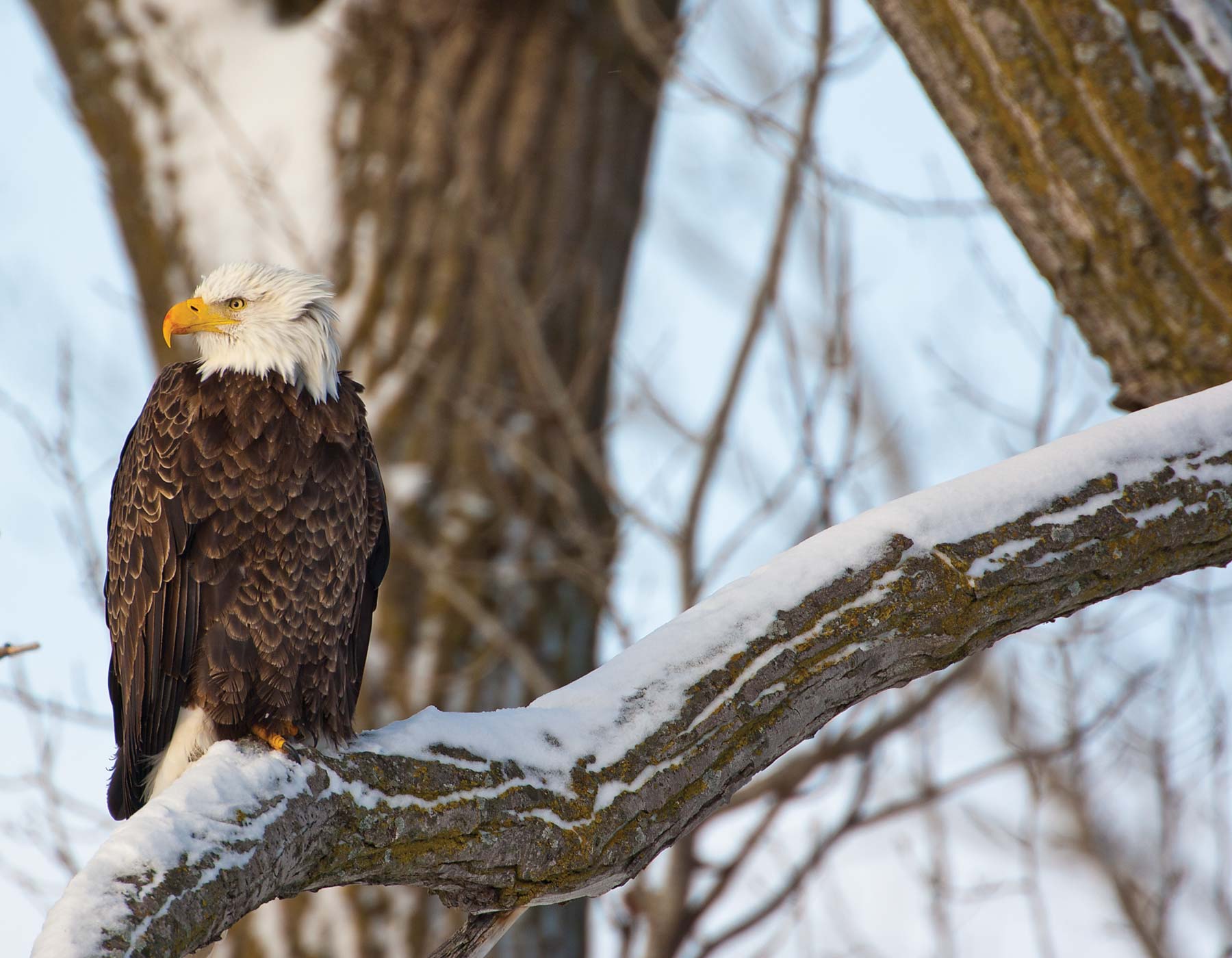
Xplor reconnects kids to nature and helps them find adventure in their own backyard. Free to residents of Missouri.


































Stay in Touch with MDC news, newsletters, events, and manage your subscription

Xplor reconnects kids to nature and helps them find adventure in their own backyard. Free to residents of Missouri.

A monthly publication about conservation in Missouri. Started in 1938, the printed magazine is free to residents of Missouri.




JEFFERSON CITY, Mo. – He’s a heavyweight from northern Arkansas. He’s dark and mysterious. He’ll eat just about anything, and he’s being seen more and more around the Show-Me State.
His name is Ursus americanus, but you probably know him better as the black bear. One of the state’s largest wild mammals, black bears have been seen in more than half of Missouri’s counties, though most are south of the Missouri River. According to the Missouri Department of Conservation (MDC), black-bear sightings and numbers are growing in Missouri.
Black bears are native to Missouri, but the species was nearly eliminated from the state by 1940 due to unregulated hunting and habitat changes. Recent data indicate that a few of Missouri’s native bears might have survived. However, the growth of Missouri’s bear population in recent years probably is largely a result of a successful black-bear restoration effort by the Arkansas Game and Fish Commission in the 1960s.
According to MDC Resource Scientist Jeff Beringer, black bears are a significant part of the native ecosystem and are an indicator of the state’s wilderness habitat quality.
A fed bear is a dead bear
A growing bear population calls for caution from campers and landowners, who are most likely to encounter bears. Black bears generally are dangerous only when they lose their natural fear of people. This usually results from access to human food. A bear that associates people with food is at risk for aggressive behavior, which could result in euthanasia.
“The most important thing is that landowners and campers don’t give bears access to food or garbage,” Beringer said. “If you never let a bear get started, you won’t have a problem with them.”
Campers can avoid problems with bears by keeping a clean camp, avoiding food scents, and never feeding or approaching bears. If you encounter a bear while camping, you should try to scare the bear away by banging pots and pans or making other noise and waving your arms. If you see a bear while hiking or fishing, you should back away slowly, speaking in a normal voice and making no sudden movements. Although bear attacks are extremely rare, if you find yourself in this situation you should fight back with any available weapons – sticks, stones, knives or even fists – striking the bear especially around the face.
“Bears are generally afraid of people. If you do have an encounter with a bear, you want to make it a negative experience for that animal,” Beringer recommended.
Black bear research
In fall 2010, MDC began a cooperative study with the University of Missouri and the University of Mississippi to learn more about black bears in the state and how to manage them. The project involves trapping and radio-collaring bears and gathering hair samples for DNA testing. Information gathered in this will allow researchers to determine individual animals’ size and growth rates, population size, sex ratio, genetic diversity, habitat preferences, daily and seasonal movement patterns, denning dates, reproduction and survival rates. Trapping and radio-collaring will continue through this fall.
Beringer said citizens can play an important role in the ongoing bear research project by immediately reporting all bear sightings. Such reports enable researchers to focus their efforts on areas of known bear activity.
If you see a black bear, report it by visiting www.MissouriConservation.org and searching “Report a Bear Sighting.”